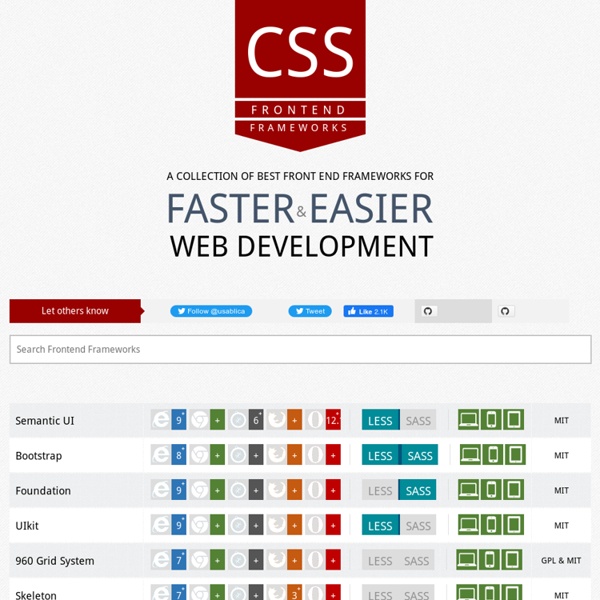



Pocket Guide TypographyGo! Flexible CSS cover images I recently included the option to add a large cover image, like the one above, to my posts. The source image is cropped, and below specific maximum dimensions it’s displayed at a predetermined aspect ratio. This post describes the implementation. Demo: Flexible CSS cover images Known support: Chrome, Firefox, Safari, Opera, IE 9+ Features The way that the cover image scales, and changes aspect ratio, is illustrated in the following diagram. The cover image component must: render at a fixed aspect ratio, unless specific maximum dimensions are exceeded;support different aspect ratios;support max-height and max-width;support different background images;display the image to either fill, or be contained within the component;center the image. Aspect ratio The aspect ratio of an empty, block-level element can be controlled by setting a percentage value for its padding-bottom or padding-top. Changing that padding value will change the aspect ratio. Maximum dimensions Background image Final result
CSS GuidelinesGo! WTF, HTML and CSS? VideoSWSGo! Frosting Glass with CSS Filters The following is a guest post by Bear Travis, a Web Standards Engineer at Adobe. I'm a fan of how Adobe is pushing the web forward with new design capabilities, and doing it in a responsible way. CSS filters is a good example. They knew they were desired because Photoshop paved the way. They brought them to the web with a sensible syntax and they helped with both the spec and browser implementation. While filters such as contrast, saturate, and blur have existed in image editors for some time, delivering them on the web has historically required serving images with those filters already applied. Old School: Frosted Glass with Images The frosted glass effect has been kicking around the internet for a while; we even saw it here on CSS-Tricks back in 2008. Demo The HTML The markup is relatively simple. <article class="glass down"><h1>Pelican</h1><p>additional content... The CSS We first size everything to the viewport. The above CSS will create our blurred and lightened overlay. Notes Caveats
Touch Gesture Reference GuideGo! The Touch Gesture Reference Guide is a unique set of resources for software designers and developers working on touch-based user interfaces. The guide contains: 1) an overview of the core gestures used for most touch commands 2) how to utilize these gestures to support major user actions 3) visual representations of each gesture to use in design documentation and deliverables 4) an outline of how popular software platforms support core touch gestures (below). Download Touch Gesture Reference GuideTouch Gesture Cards For wireframes and mock-ups:Visuals only (PDF)Visuals only (EPS)Visuals only (OmniGraffle Stencil)Visuals only (Visio Stencils)How to Guide (Visio) Touch Resources Touch Target Sizes: outlines recommended touch target sizes from Apple, Microsoft, Nokia, and academic research. Touch Gesture Diagrams: listing of touch gesture diagrams that illustrate how users can interact with multitouch interfaces. Platform Support How popular software platforms support core touch gestures.
Creating Decorated Ordered Lists With CSS HTML ordered lists can be incremented in many different languages, but customizing the appearance of the leading numbers in each list item is rather difficult. Formatting the list in an OpenType font and using font-feature-settings to produce a special numbers option is one possibility, but there is an easier method. By using the under-appreciated CSS counters property – usually associated with generating point-numbered lists – we can customize the leading numbers with abandon. Given a standard HTML ordered list: <h1>Clarke’s Three Laws</h1> <li>When a distinguished but elderly scientist states that something is possible, he is almost certainly right. <li>The only way of discovering the limits of the possible is to venture a little way past them into the impossible. <li>Any sufficiently advanced technology is indistinguishable from magic. ol#clarke-laws { line-height: 1.6; list-style-type: none; counter-reset: section; margin-left: 3rem; Every new list item increments point by 1:
CSS3 Animation Cheat SheetGo! How it works The CSS3 Animation Cheat Sheet is a set of preset, plug-and-play animations for your web projects. All you need to do is add the stylesheet to your website and apply the premade CSS classes to the elements you want animated. The CSS3 Animation Cheat Sheet uses CSS3 @keyframes and works on all the latest browsers (that's IE 10). Add the animation stylesheet to the <head> element of your webpage: Replace css with the name of the directory where the animation stylesheet is. Add an animation class to the element you want animated: Replace slideUp with the desired animation class. For entrance animations, you need to make them invisible by adding the visibility: hidden property to the animated element: visibility: hidden; is used to hide elements before the animation is activated. The values for these animations are relative to the element's size. Adding effects Add jQuery to the <head> element of your webpage: Replace slideUp with an animation class.
7 Things You Didn't Know You Could Do with CSS CSS and JavaScript, believe it or not, are starting to overlap as CSS adds more functionality. When I wrote 5 Ways that CSS and JavaScript Interact That You May Not Know About, people were surprised at how CSS and JavaScript have come to overlap. Today I will highlight seven tasks you can accomplish with CSS -- no JavaScript or imagery required! CSS @supports Every good front-end developer feature-tests before using features which a browser may not have. Feature testing has always done with JavaScript, and many people use Modernizr, an impressive utility packed with loads of well-tested routines, to do that feature testing. This new @supports feature, which also has a JavaScript counterpart, is well overdue and we can look forward to using it soon! CSS Filters Write a service to modify an image's color shades and you can sell it to Facebook for a billion dollars! Pointer Events and Bricking Clicks In the example above, the click event wont even fire due to the CSS pointer-events value.
htaccess SnippetsGo!